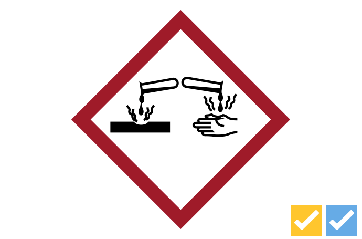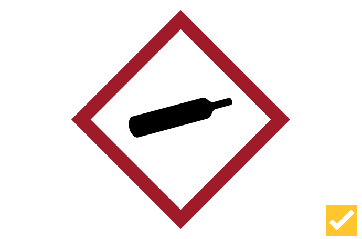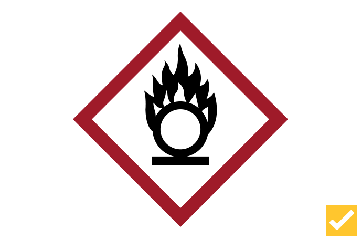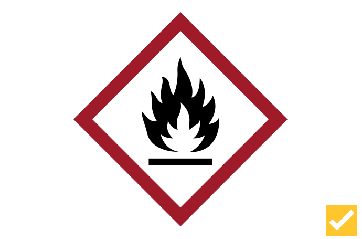
Flame
(Flame Pictogram)
Identifies chemicals with the following hazards:
- Flammables
- Pyrophorics
- Self-heating
- Emits flammable gas
- Self-reactives
- Organic peroxides
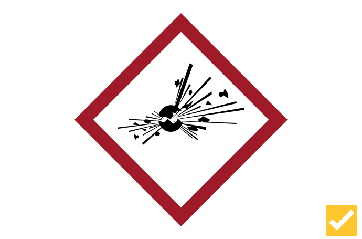
Explosive
(Exploding Bomb Pictogram)
Identifies chemicals with the following hazards:
- Explosives
- Self-reactives
- Organic peroxides
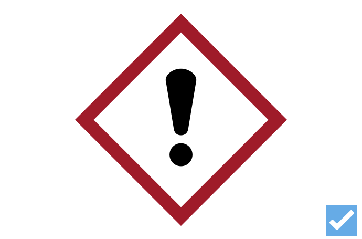
Acute Toxic
(Exclamation Mark Pictogram)
Identifies chemicals with the following hazards:
- Irritant (skin & eye)
- Skin sensitizer
- Acute toxicity (harmful)
- Narcotic effects
- Respiratory tract infection
- Hazardous ozone layer (non mandatory)
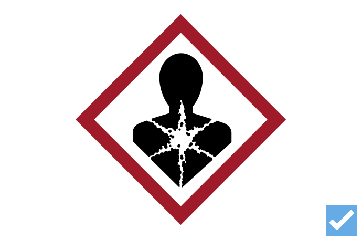
Health Hazard
(Health Hazard Pictogram)
Identifies chemicals with the following hazards:
- Carcinogen
- Mutagenicity
- Reproductive toxicity
- Respiratory sensitizer
- Target organ toxicity
- Aspiration toxicity
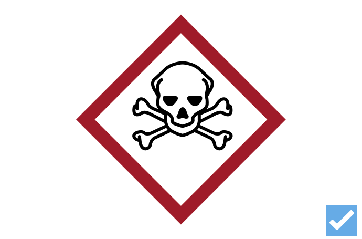
Severe Toxic
(Skull & Cross Bones Pictogram)
Identifies chemicals with the following hazards:
- Acute toxicity (fatal or toxic)*
*GHS Acute Toxic symbol is used for less severe toxicity
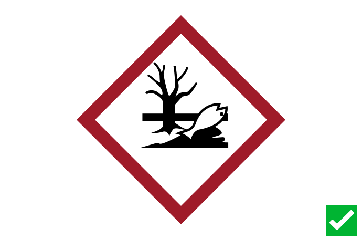
Environmental (Not mandated in US)
(Environment Pictogram)
Identifies chemicals with the following hazards:

